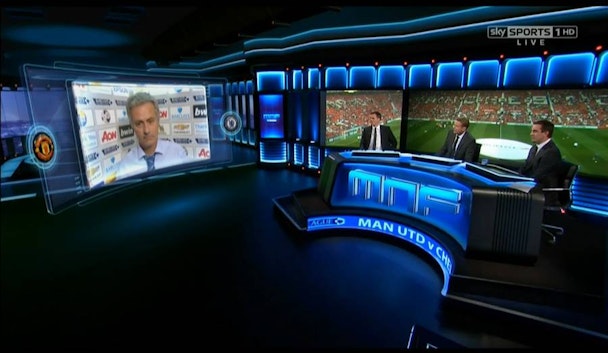As Twitter wins NFL rights, how social media is changing sports broadcasting
Sport and the way we consume it are undergoing a revolution. Traditional TV sports broadcasting has come under fire, and the latest disruptors to enter the fray are Facebook, with its plans to turn Facebook Live into a sports broadcaster, and Twitter, which has won a deal to show NFL games online.

In football, it’s a given that all the action and drama that takes place off the pitch makes each of those 90 minutes on the pitch even more vital. Therefore, social media and messaging platforms are perfectly positioned to capture the hearts and minds of the football-loving audience. For the vast numbers of millennial and Generation Z fans who barely watch television, it is only logical to offer the opportunity to consume games on the platforms and in the places they naturally gravitate towards.
Fans’ passion for football and sport doesn’t fade at the final whistle. They need to be able to continue the conversation long after the match is over. As such, you must be able to continually inform and stimulate the insatiable appetite of your audience. Fans want to eat, sleep and drink their passion in lots of different ways, brought directly to them via their preferred screens. A single, one-dimensional, linear experience no longer provides enough satisfaction. A modern fan needs have the immediacy of the experience delivered to them on the platform of their choice through Facebook Live, or react with fellow fans through messenger apps, or get the feeling of actually being there with Snapchat.
At Copa90, we are looking to continually disrupt the conventions around sports consumption though the smart use of platforms, technology and enhanced consumer behaviour. It is why Snapchat is as vital to us as TV, and both of those are equally as important as messaging. Twitter marshalls the live ebb and flow of social commentary, reaction and noise around any sporting event, and from its position as the most important second screen element, it can now also look to further ‘own’ the conversation through its involvement in rights. For fans, on-demand consumption of sports may start with submitting an emoji to ‘subscribe’ to their network, rather than turning on the TV in their living room. It is therefore vital you play in the right places.
I don’t see this as the beginning of the end of TV sports broadcasting. But it does show how TV, mobile, social, messaging and communication platforms, like Snapchat, are coming together in a hugely exciting jumble. The players in this space that focus on appropriateness of use, act upon fans’ demands and position themselves to be perfectly in tune with consumer behavior will be the ultimate winners.
James Kirkham is head of Copa90 and chief strategy officer for Bigballs Media Europe

